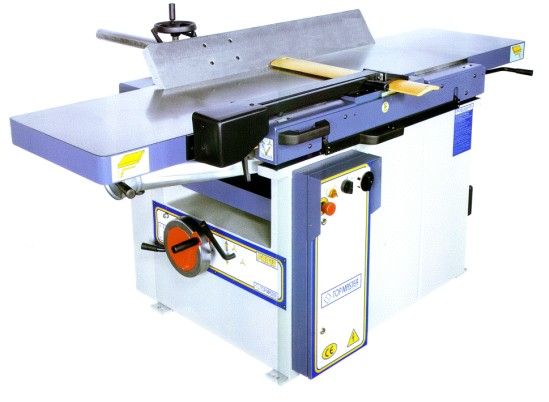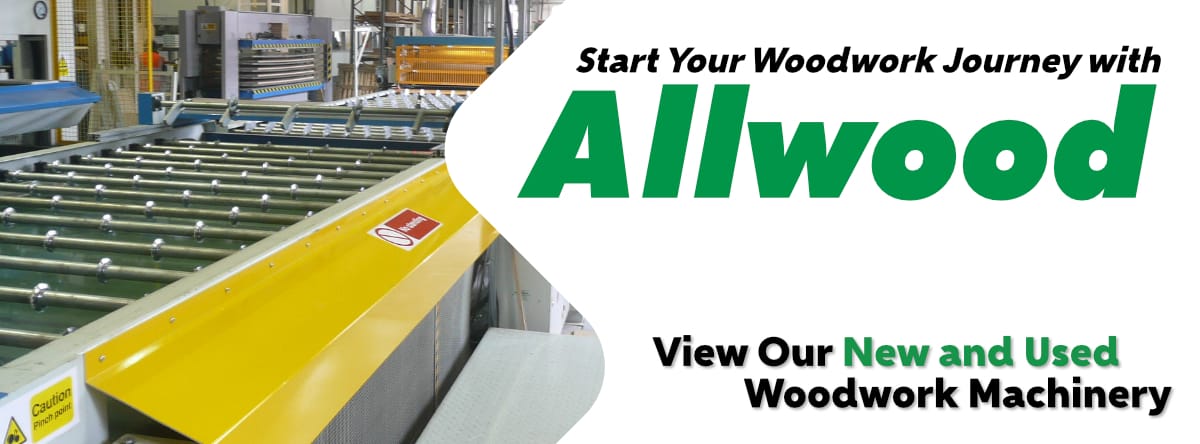
What Equipment Is Needed For Wood Working
Choosing Essential Tools for Your Woodworking Workshop
Getting the right tools can make all the difference in woodworking. The right equipment not only makes your work easier but also helps you achieve a superior finish and enjoy the process more. Whether you're building a new workshop from scratch or looking to expand your existing collection, this guide highlights 10 essential tools that can make your projects more efficient and enjoyable.
Keep in mind that your tools are an investment. You don't need to buy everything at once. As your skills grow and your projects become more complex, you can add new tools that help you achieve straight cuts, square corners, and strong joints.
1. Table Saw
A table saw is a cornerstone of many woodworking shops. Whether you choose a heavy-duty stationary model or a portable bench saw, this tool is incredibly versatile. It's essentially an upside-down circular saw mounted under a table with the blade poking through.
Key Features:
- Adjustable Blade: The blade's height and angle can be adjusted, allowing you to control the depth or your cut and create angled bevels.
- Mitre Gauge: This guide helps you push wood at a precise angle or perpendicular to the blade for cross-butting.
- Fence: A fence runs parallel to the blade, allowing you to make accurate, consistent rip cuts along the length of a board.
Considerations:
- A larger blade can handle thicker stock.
- A bigger tabletop makes it easier to cut large sheets like plywood, though it will be less portable and more expensive.
2. Air Compressor
Modern woodworking increasingly relies on pneumatic power for tools like nailers, sanders, and spray guns. An air compressor provides the necessary pressure to run these tools, making it a valuable addition to any workshop.
Key Components:
- Motorised Pump: Compresses the air.
- Tank: Stores the compressed air.
- Regulator: Controls the air pressure.
- Portability vs. Power: If you need to move the compressor frequently, a lighter, more portable model is best. However, always ensure the output meets the requirements of the tools you plan to use.
3. Compound Mitre Saw
Known for its accuracy and versatility, the compound mitre saw is a staple for making precise cuts. It consists of a powerful circular saw mounted on a hinged arm.
Key Features:
- Chop Motion: You lower the blade in a chopping motion to cut through your workpiece.
- Pivoting Blade: The blade and motor can be pivoted for mitre cuts (angled cuts across the face of the wood).
- Tilting Blade: The blade can be tilted to create bevel cuts, which are essential for tasks like cutting crown moulding.
- Cut Width: The blade's diameter determines the maximum width of the material you can cut.
4. Drill Press
For jobs that require precision, a drill press is an ideal upgrade from a hand-held drill. It's a stationary tool with an adjustable table, allowing for clean and accurate holes.
Key Features:
- Precision: The fixed position ensures perfectly straight holes every time.
- Versatility: With different attachments, a drill press can be used for sanding, grooving, and even mortising.
- Adjustable Depth: A depth gauge lets you set exactly how far the drill bit travels into the workpiece.
5. Lathe
A lathe is the go-to tool for creating rounded projects like chair legs, bowls, and balusters. It works by spinning the workpiece at high speed while you shape it with specialised chisels and gouges.
How It Works: The wood is mounted between two points: the headstock (which spins the wood) and the tailstock (which supports the other end). As the wood rotates, you use a chisel held against the tool rest to carefully carve the desired shape. For projects like bowls, you can use face-plate turning, where the wood is mounted directly to the spinning plate.
6. Thickness Planer
A thickness planer is used to smooth and flatten rough lumber to a consistent, uniform thickness. The size of the planer is usually identified by the maximum width and thickness of the wood it can handle.
How It Works: The machine has a feed control that pulls the wood through at a steady rate. A spinning cutter head shaves off thin layers of wood leaving you with a perfectly smooth and flat board. Never force a workpiece into the machine; let the feed control do the work.
7. Radial Arm Saw
The radial arm saw is a unique tool where a circular saw blade glides along an arm suspended over a fixed surface. This design allows for a variety of cuts.
Key Features:
- Cross-Cutting: Position the board against the fence and pull the blade across the wood for clean cross-cuts.
- Mitre and Bevelling: The blade can be swivelled and tilted to create angled mitre and bevel cuts.
- Ripping: Some models allow you to turn the blade 90 degrees to perform rip cuts along the length of a board.
8. Jigsaw
A jigsaw is the best tool for cutting intricate shapes, curves, and tight angles. It uses a short, thin blade that moves up and down rapidly.
Tips for Use:
- Slow and Steady: Jigsaws are designed for precision, not speed. Feed the wood slowly and avoid putting too much pressure on the blade, as it can easily break.
- Starting Holes: For tight corners, it's a good idea to drill holes in the waste wood to make it easier to achieve a clean cut.
9. Belt and Disk Sander
These stationary sanders are perfect for smoothing edges and shaping smaller projects. Instead of moving the tool over the wood you move the wood over the sanding surface.
Types:
- Belt Sander: Uses a continuous loop of sandpaper that spins around two drums.
- Disk Sander: Uses a spinning circular sanding disk.
Both types often have an adjustable worktable or fence to help you position your workpiece accurately.
10. Band Saw
The band saw is an incredibly versatile tool, excelling at both freehand curved cuts and sawing thick timber. It uses a continuous, blade-like band of metal with teeth that runs around two wheels.
Key Features:
- Curved Cuts: The thin blade makes it easy to follow intricate lines and curves.
- Deep Cuts: The band saw's design allows it to cut through very thick pieces of wood.
- Blade Variety: Blades come in different widths and with varying numbers of teeth per inch. Fewer teeth mean faster, coarser cuts, while more teeth create a finer finish.
What Allwood Provides
Allwood has years of experience designing and developing presses for the woodworking industry. We offer a wide range of models with specific features to meet different production requirements for wood, plastics, and metal-working.
A cold or hot platen style press can be used to manufacture virtually any component that goes into a wood or composite panel construction. You can view all of our current presses on our website. If you can't find what you're looking for, please don't hesitate to contact us directly.

Comments have been switched off for this post!